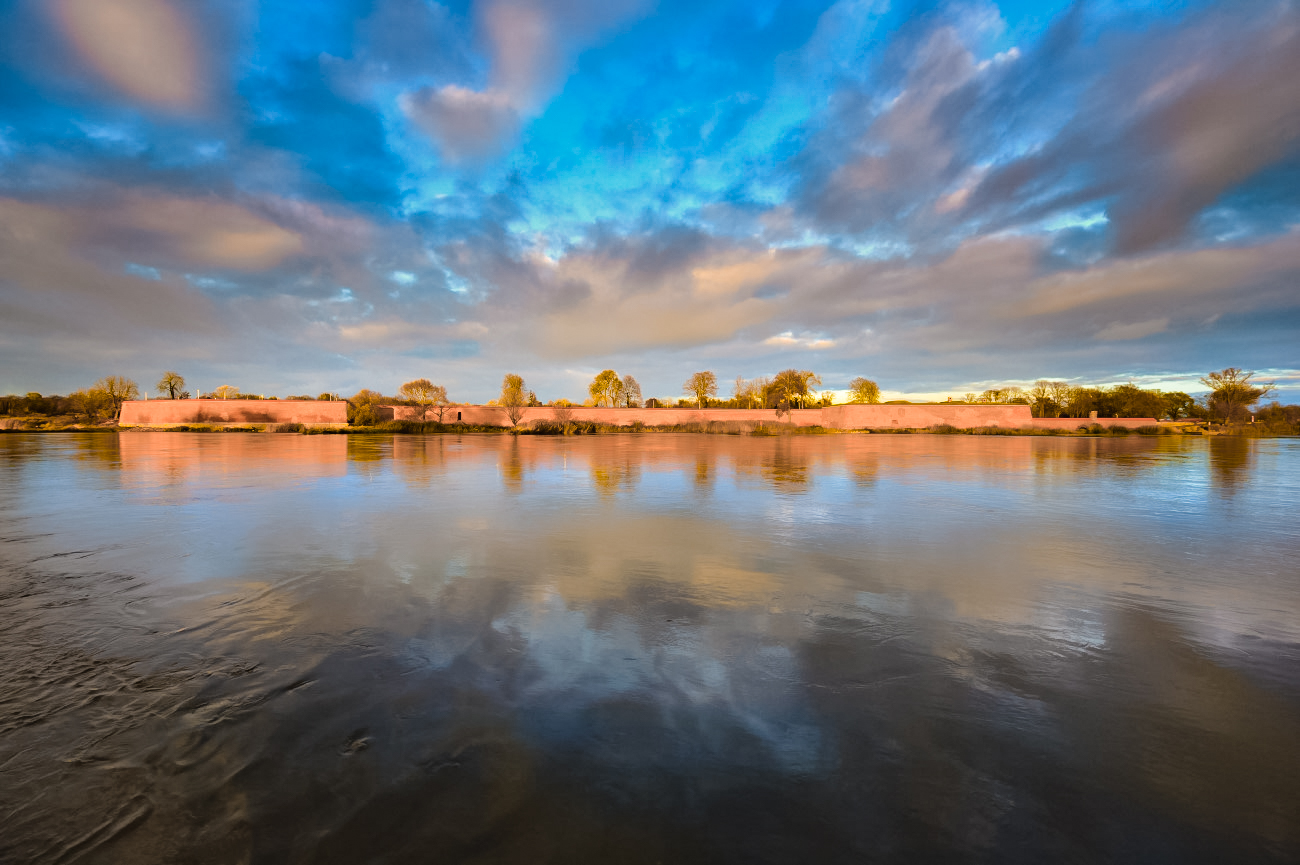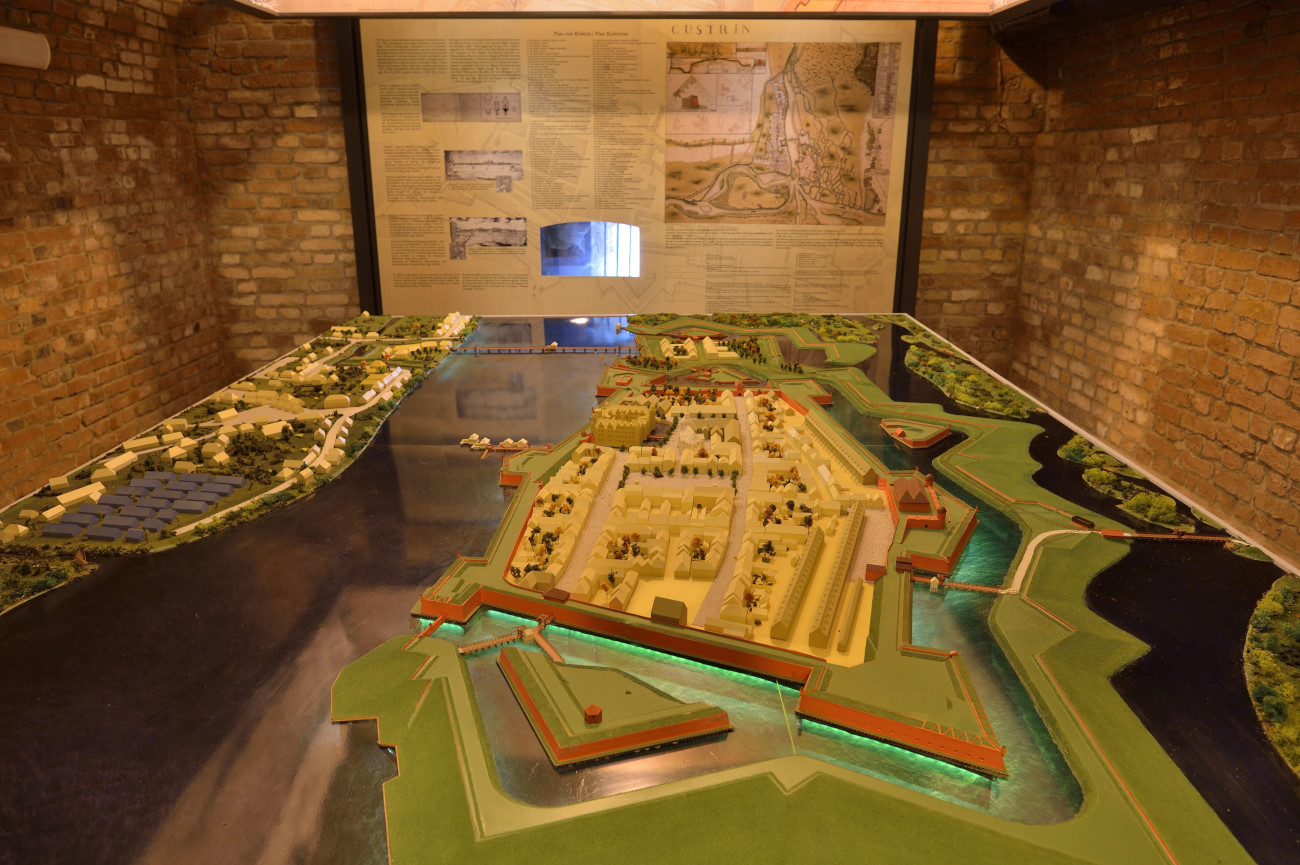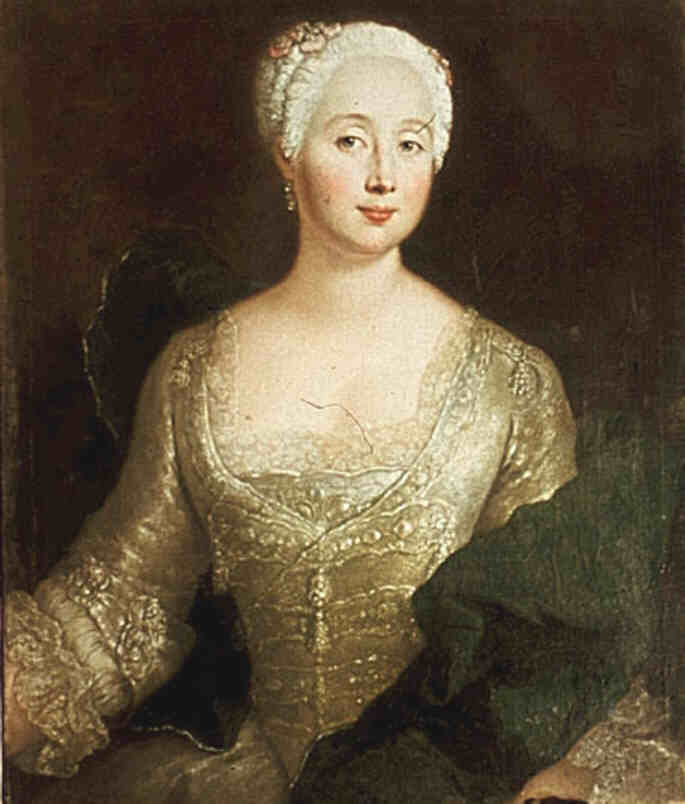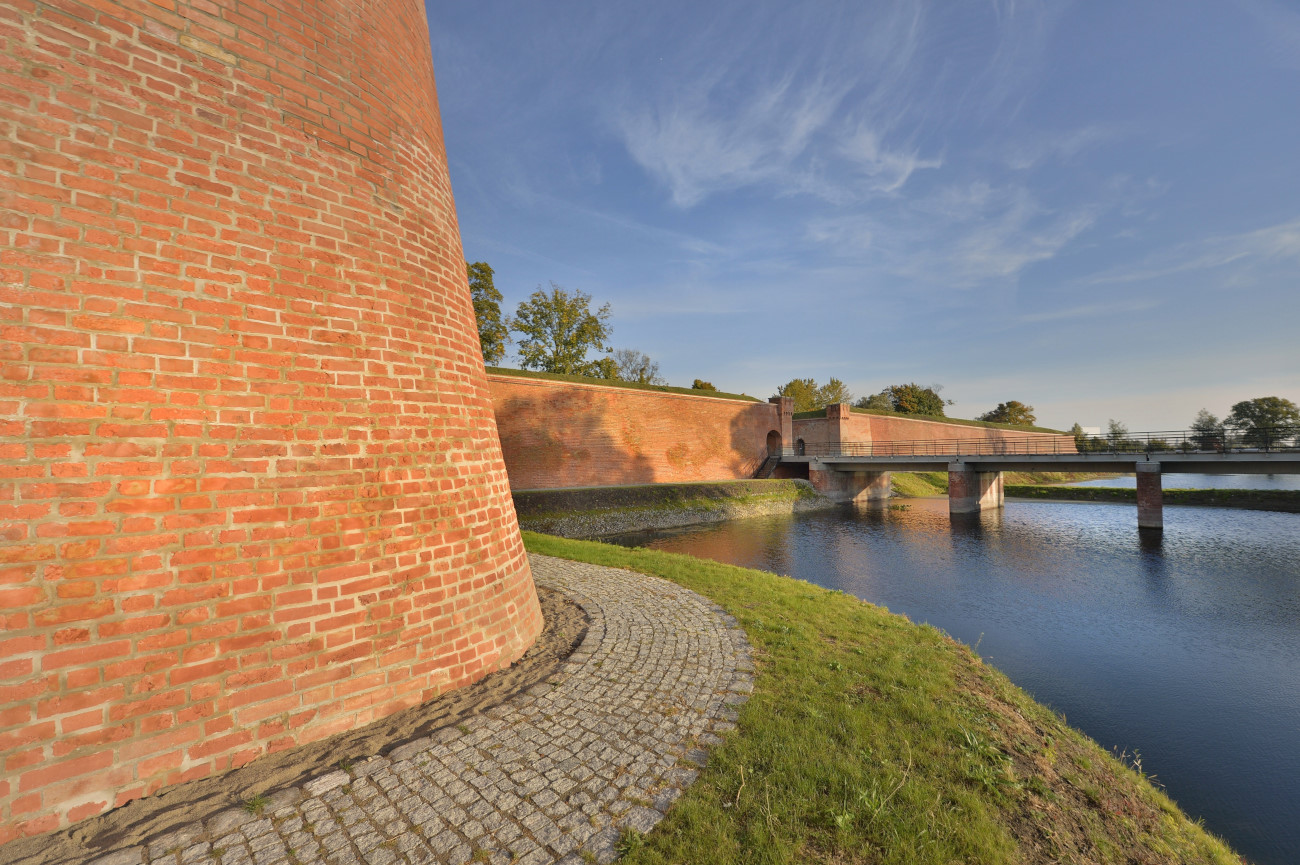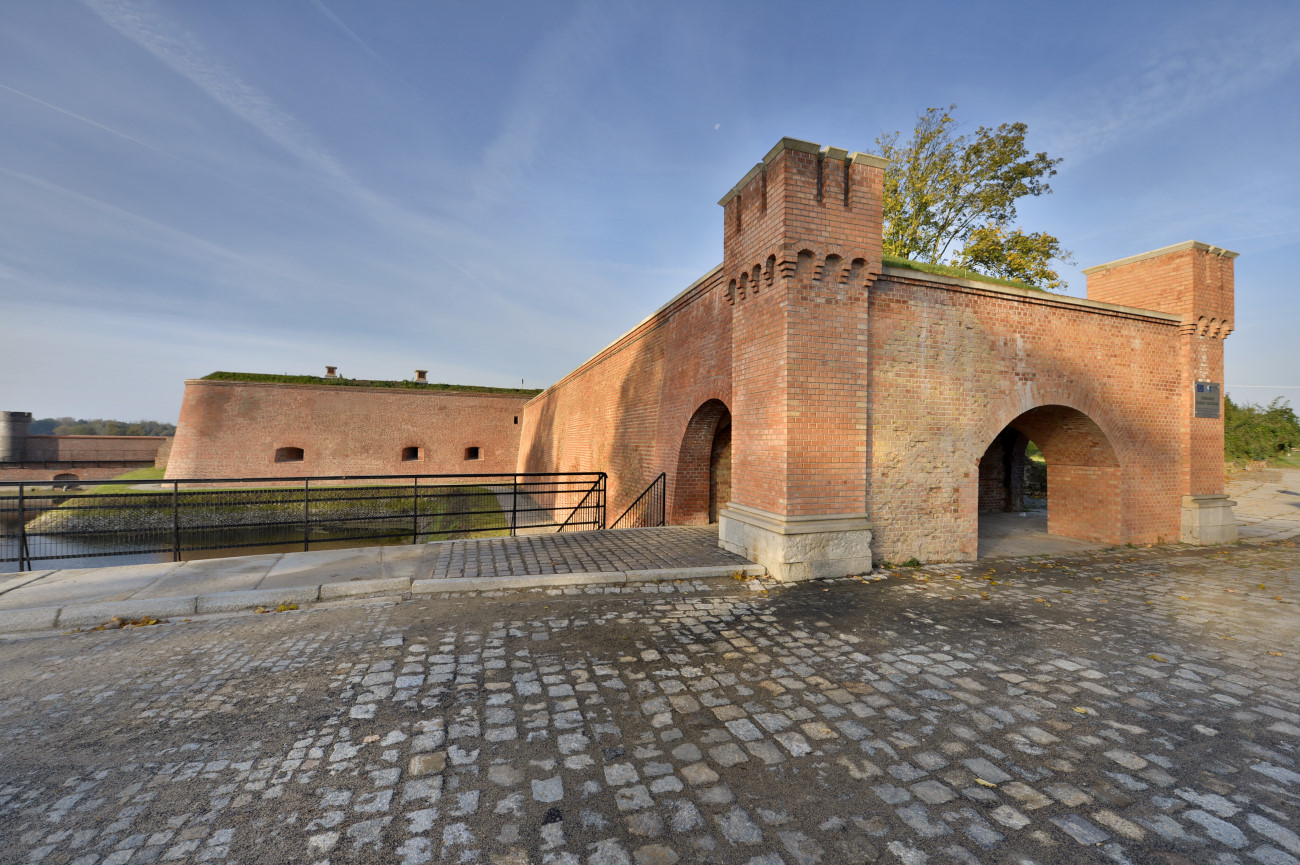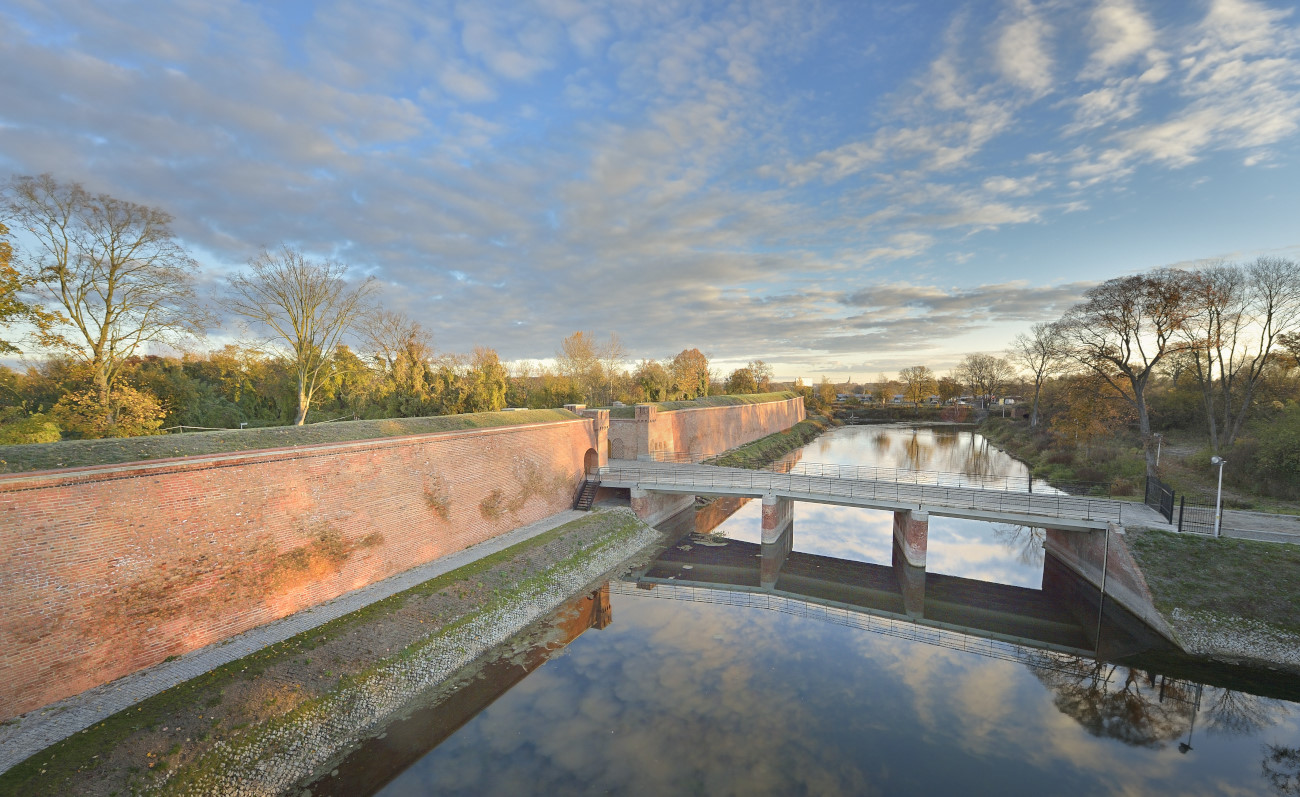Fortress Kostrzyn
2015-08-19
On the western outskirts of the town, on the bank of the Oder, the impressive walls of Fortress Kostrzyn can be seen. They contributed to the 16th century city image of modernity – of an imposing, unassailable fortress that could change the history of the entire region. Medieval towns built in the arms of two large rivers were almost always of strategic military importance.
The creator of the design for a contemporary fortified city was John of Brandenburg-Küstrin, who inherited Kostrzyn and Neumark in 1535. During his reign (in 1535–1571), Kostrzyn became the capital of Neumark, which significantly contributed to the development of the city and to the rise of its importance, along with further construction of additional fortifications.
The fortress was given the shape of an elongated hexagon, initially with five pentahedral bastions, erected on the bends of the embankments. Later, in the 2nd half of the eighteenth century, the sixth bastion was built. In the eighteenth century, the bastions were given names: the King, the Queen, the Prince, the Princess, Philip and Brandenburg. The construction of the basic elements of the fortifications was completed by the end of the 16th century, after about forty years of intensive work.
During the Thirty Years' War, the fortress proved to be a safe refuge. None of the numerous armies crossing Brandenburg dared risking its siege. During the war, an expansion of the fortress was initiated, providing it with new external works: ravelins and a bulwark in front of the bridge. In the 2nd half of the seventeenth and in early eighteenth century, the fortress was modernized a few times more.
It is worth mentioning that maintaining the fortress effectively
protected took place at a considerable cost. In addition to constant
adaptation of the fortress to the changing tasks of the facility,
current repairs of the walls were regularly conducted and the moat
had to be repeatedly desludged. In the 1730s, the Brandenburg bastion
was washed down and collapsed. It was reconstructed, but given a
smaller size.
Besides the fortress, also the outskirts of
Kostrzyn were intensely developed, called the Short Pier (Krótka
Grobla) and the Long Pier (Długa Grobla), named so after routes
connecting them to the mainland. The Short Outskirt (Krótkie
Przedmieście) was a farming area that occupied some of the present
town. The Long Outskirt (Długie Przedmieście) was located on the
west bank of the Oder. There was also a wooden fishermn's house,
inhabited by e.g. the successors of the Slavic fishermen who became the subjects
of the Brandenburg margraves as Lubusz was incorporated into it in the mid-13th century. Historical sources state that the Slavic language was still
spoken here at the turn of the 18th
century.
The fortress was put to the test in 1758, during the Seven Years'
War, when the Russian army besieged Kostrzyn. The artillery did not
help the Russians take over the fortifications, but it did destroy
the city. At the behest of Frederick the Great, Kostrzyn was rebuilt.
When in 1806 Napoleon's troops approached the fortress, the memory of
the catastrophe half a century earlier led to the decision to
surrender the fortress to the French without a fight. The French
occupation lasted until 1814. In 1813, the Prussians cut the fortress
off from the outside world. After several months of the blockade, due
to hunger and disease inside, Kostrzyn was forced to capitulate. In 1872, Kostrzyn – with Toruń, Poznań,
Königsberg
and Spandau – was among the most important German strongholds in
the eastern part of the empire that were subject to expansion. Four
years later, a project providing for the construction of eight forts
around Kostrzyn was launched. In 1886, this ambitious design was
limited to the minimum of only four defenses located on dominant
points surrounding the confluence of the rivers and the
transportation junction, thus allowing to control the roads and
railway lines coming from Kostrzyn.
Along with the rapid development of military technology, the military
significance of the fortress rapidly decreased. Even before World War
I it was decided that the oldest, completely outdated works should be
demolished. After the outbreak of World War I, a new, more extensive
belt of fortifications was constructed around Kostrzyn, providing the
town with numerous bunkers and ammunition depots (along with new
barracks in two forts). A total of 28 facilities were built, partly
preserved to this day. After the war, the authorities
proceeded to the planned demolition of some old fortifications
around the Old Town, and in connection with the disarmament of
Germany, many military facilities were from then on used for
civilian purposes. From its many historical buildings, the
bastions King, Philip and Brandenburg are preserved, together
with the adjacent sixteenth-century curtain walls,
constituting a valuable collection of old defense architecture
and a reminder of the powerful old fortress in Kostrzyn. After years of destruction and stagnation
in the postwar period, the fortress is experiencing a “second
youth”. An impressive museum has been created inside, in the
basement of the Philip bastion, currently under extensive research
works and renovation. The buildings are being adapted for tourism
purposes. It is worth mentioning that the design of protection and
restoration of these unique buildings Kostrzyn won the first place in
the 2008 competition “Poland
Even More Beautiful – 7 Wonders of EU Funds”.
Visiting the Fortress and the Old Town, make sure you take a stroll across the bridge over the moat and go through the Chyżańska Gate, which is located on the opposite side of the fortress. Then go down to the casemates of the Bastion Philip, which contain impressive museum exhibitions (opening hours and rules are available on the website of the museum). Then, climb the Bastion – the scenic views of the Oder are worth it – and take a walk along the Katte Promenade. Next, you can walk around the Bastion Brandenburg and, heading for the Bastion King and the nearby Berlin Gate, stop at the ruins of the castle and church.
